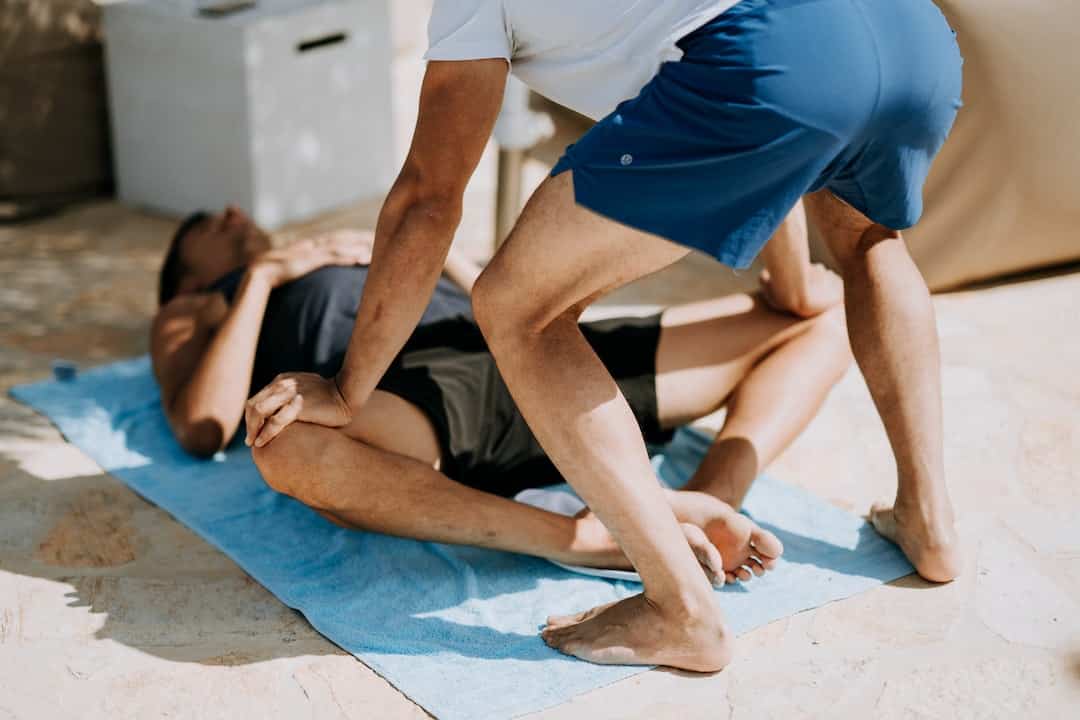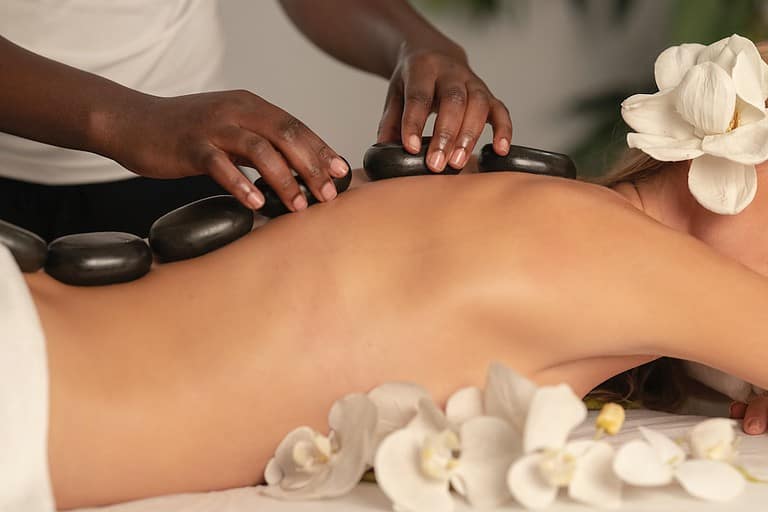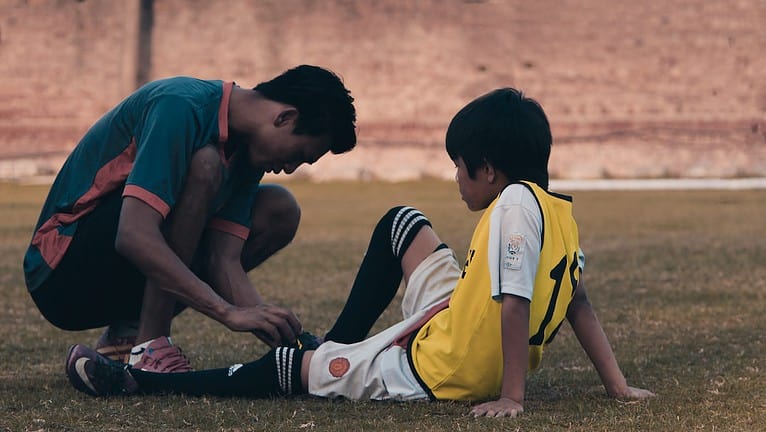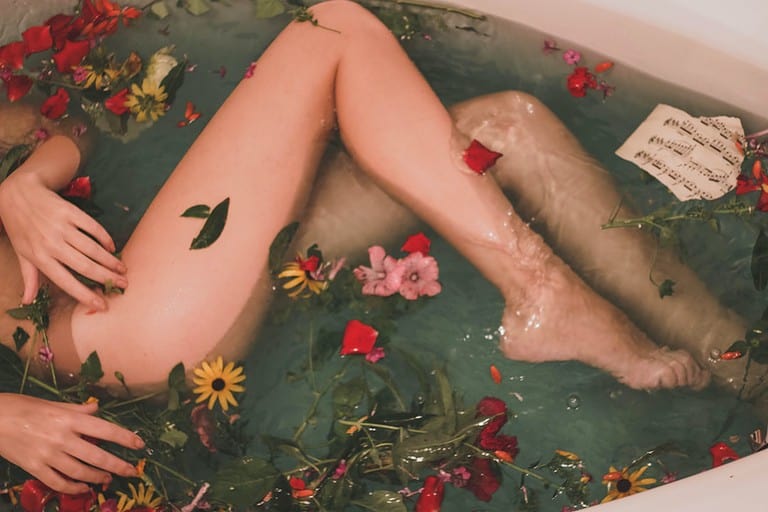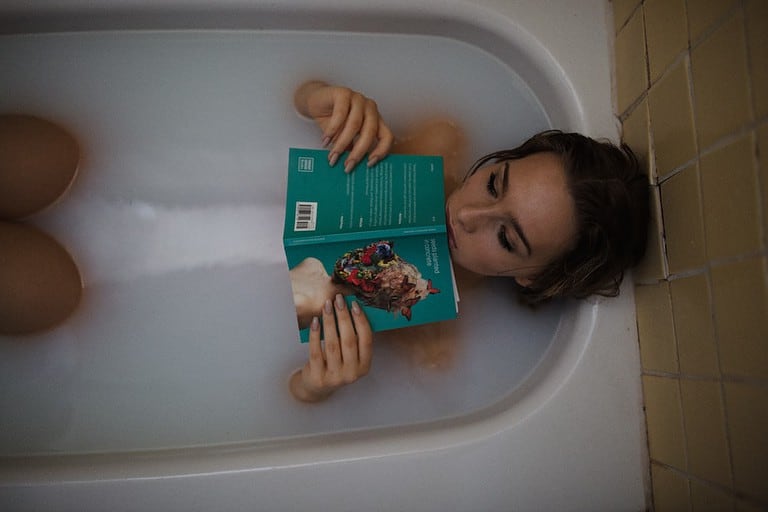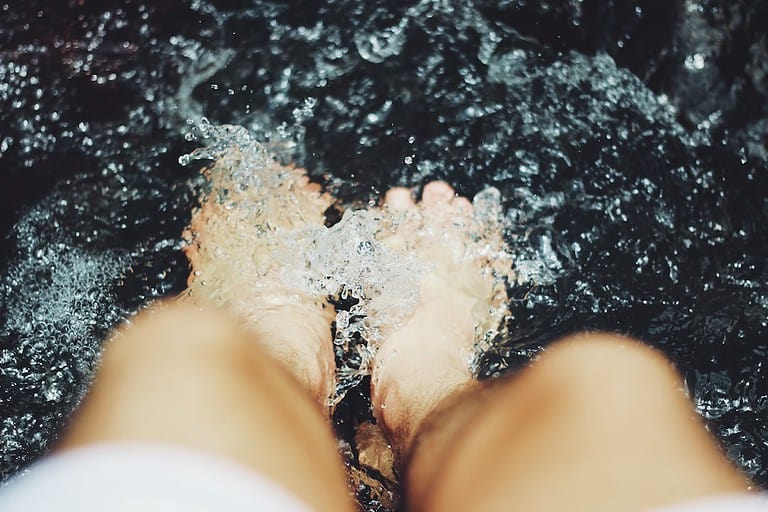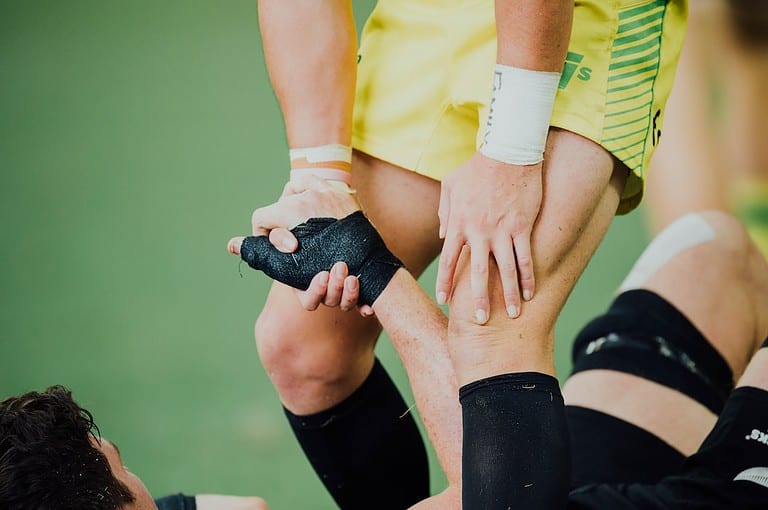How to Do Hot and Cold Contrast Therapy at Home
Hot and cold contrast therapy — also known as hydrotherapy — has become increasingly popular among families looking for a natural way to promote health, healing, and well-being. It is an ancient practice that has been used by healers and therapists throughout history. But how to do hot and cold contrast therapy if you’re at home?
Hot and cold contrast therapy has many benefits.
- Treat injuries.
- Relieve muscle tension.
- Reduce inflammation and fatigue.
- Improve circulation of blood flow through the body’s tissues.
- Speed up recovery from illness or surgery.
- Reduce stress levels.
- Enhance physical performance.
In this blog post, we will discuss how does contrast therapy work, how to do hot and cold contrast therapy, and tips on aftercare once you have completed your treatment session.
So if you’re ready to learn more about heat therapy and cold therapy, then let’s get started!
Table of Contents
Types of Hot and Cold Immersion Therapy
Hot and cold contrast therapy is a popular form of self-care that has been used for centuries to promote healing, reduce inflammation, and improve overall well-being. It is often applied through contrast baths — alternating between hot temperatures and cold temperatures in order to stimulate the body’s natural healing response.
Alternating Hot and Cold Showers
Alternating hot and cold showers are one of the most common forms of hot and cold immersion therapy. This type of treatment involves taking a hot water shower followed by a short burst of cold water.
The idea behind contrast baths is to alternate between the two temperatures several times during your shower session, allowing your body time to adjust before switching back again. Doing this helps activate blood circulation throughout your body while also providing relief from muscle tension or soreness.
Ice Baths
An ice bath is another type of cold therapy where you submerge yourself in an icy bath for several minutes at a time. This can be done either with just ice cubes or with bags filled with crushed ice mixed into the water as well.
Cold therapy helps reduce inflammation, improve circulation, boost energy levels, increase alertness, decrease stress levels, relieve pain from injuries or workouts, and even speed up recovery after physical activity or surgery.
Compression Wraps
Compression wraps involve wrapping specific areas such as arms or legs in alternating layers of hot therapy (such as heating pads) and cold exposure (such as gel packs). These wraps can be used on their own or combined with other treatments like massage therapy for additional benefits like improved joint mobility or reduced swelling around an injury site.
Steam Rooms
Steam rooms are another great way to experience contrast bath therapy. Sitting in a steam room allows you to relax while enjoying all the benefits that come from using traditional methods, including increased circulation throughout your body, reduction in muscle tension, improved joint mobility, decreased stress levels, and more.
Plus, it is much more convenient than having to take multiple trips back and forth between different temperature settings.
Contrast water therapy is a great way to promote healing. But before beginning any hot or cold treatment, it’s important to prepare your body properly.
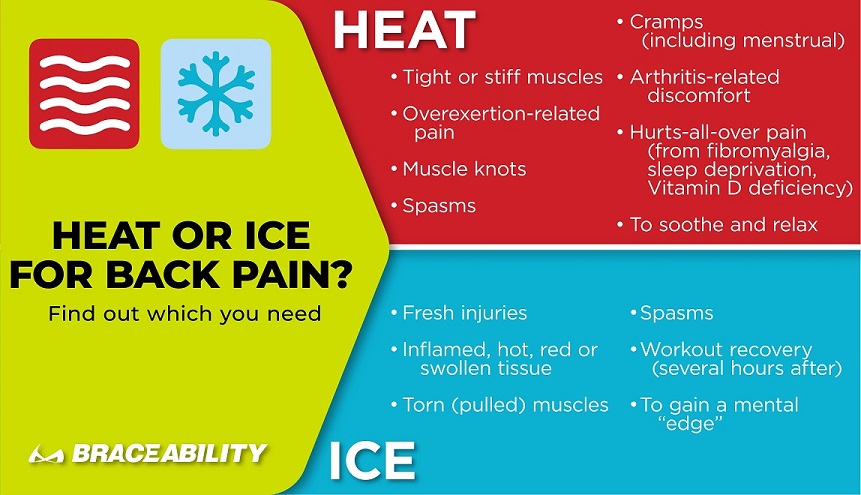
(Source)
How to Do Hot and Cold Contrast Therapy
Before beginning any hot and cold contrast therapy, it is important to consult with a doctor or healthcare professional. This type of treatment can be dangerous if not done properly, so make sure you understand the risks and benefits before starting.
Depending on the type of hot and cold contrast therapy being used, there may be different supplies needed. For example, an alternating hot and cold shower requires access to both hot water and ice cubes whereas an ice bath requires large amounts of ice as well as a tub filled with cool water.
Make sure all necessary supplies are gathered ahead of time in order to ensure a safe experience.
How to do hot and cold contrast therapy at home?
It is important to create a comfortable environment when performing any kind of hot and cold contrast therapy session. Make sure the room temperature is comfortable and free from distractions like noise or bright lights. Have towels nearby in case you need them to keep your body temperature regulated throughout the process.
Set up two areas: one area should be designated for hot therapy with heated compresses and heating pads while the other area is designated for cold exposure with ice packs available. Place each item near its respective area so they are easily accessible.
Finally, set up your timer so that it can be seen clearly without having to move around during treatment sessions.
Start slow and gradually increase intensity over time. Make sure you are in a comfortable environment where you can focus on your breathing and be aware of your body’s reactions. If at any point you feel uncomfortable or experience pain, stop immediately.
Aftercare Tips for Hot and Cold Contrast Therapy
It is important to drink plenty of fluids after a session of hot and cold contrast therapy. This helps to replenish the body’s lost electrolytes, which can be depleted during treatment. Water is the best choice for rehydration, but sports drinks or coconut water can also help replace lost minerals and vitamins.
After a session of cold baths and hot baths, it is important to monitor your body’s response over the next few days. Pay attention to any changes in temperature, pain levels, energy levels, or other symptoms that may arise as a result of treatment. If you experience any unusual symptoms or discomfort, contact your healthcare provider for further evaluation.
Following up with your healthcare provider after hot baths and cold baths is essential in order to ensure that you are receiving appropriate care for any underlying health conditions that may have been affected by the treatment.
Additionally, follow-up visits enable your healthcare provider to assess how well you are responding to treatment and make adjustments if necessary.
Conclusion
Hot and cold contrast therapy can help in reducing swelling, pain, and fatigue as well as improving blood flow and treating injury. With the right preparation and aftercare tips in mind, you can safely do hot and cold contrast therapy at home or with the guidance of a professional.
Remember that if you experience any discomfort during treatment or have any questions about how to do hot and cold contrast therapy properly, it is best to talk to your healthcare provider.
Are you looking for ways to improve your overall health and wellness without having to rely on costly treatments? Hot and cold contrast therapy is an effective, natural way of relieving pain, improving circulation, reducing inflammation, and speeding up recovery. With just a few simple steps, you can start feeling the benefits right away!
Try Smart Living Now‘s hot/cold contrast therapy guide today – it provides easy-to-follow instructions so that anyone can learn how to do this healing practice in their own home. Take control of your well-being now – invest in yourself with Smart Living Now!

